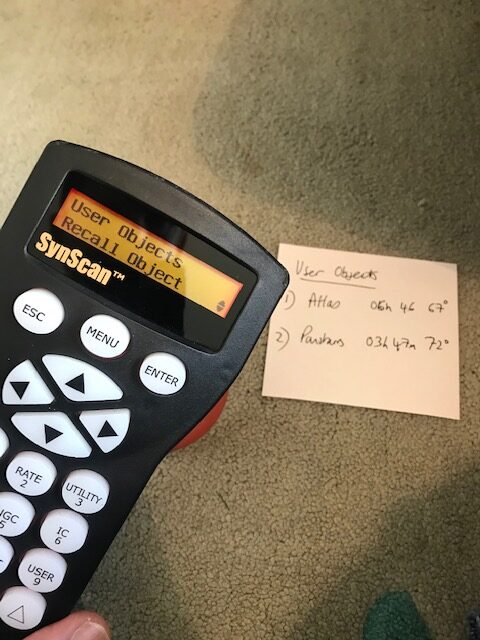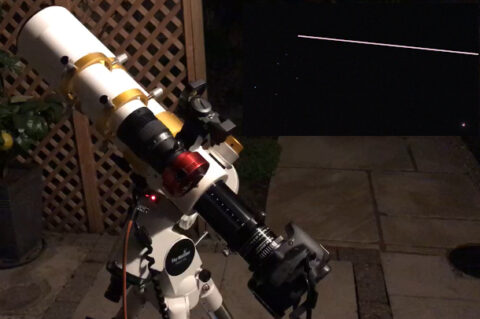Comets conjure emotion among the general public and astronomers alike. Folklore suggests an appearance might signal doom; a bad omen written bright across the sky, whereas for a long time scientists believed that these celestial lumps of rock, ice and dirt were the original deliverers of water to the Earth. Whilst more recent studies suggest this task was performed by asteroids instead, for myself and other amateur astronomers the discovery of an incoming comet signifies hope and opportunity for a fantastic visual spectacle visible to all in the night sky.
The discovery in December 2019 of just such a promising object was made by the ATLAS system – the Asteroid Terrestrial-impact Last Alert System, a pair of robotic telescopes perched atop two Hawaiian mountains, some 100 miles apart. Designated Comet C/2019 Y4, the chatter online in late spring this year reported that the object was rapidly brightening and could potentially reach naked eye visibility. Within the click of the mouse I spotted another headline suggesting the comet’s nucleus might be breaking up, reversing its surge in magnitude. With lock-down providing more time than usual to research and capture astro targets, I called up the Stellarium app and dialed in the Comet’s ID. To my surprise the planetarium displayed not one but two comets in the same area of the northwestern sky.
The area of the sky around the host constellation of Camelopardalis (the giraffe, not a camel I’ll have you know) was not one I was too familiar with so I decided the best chance of finding either of these magnitude 8-9 objects was to locate the RA and Dec positions for the forthcoming night, and to enter them as “User Objects” in my HEQ5 Pro’s Synscan handset.

The plan was set: locate and photograph two comets on the same night, whilst recording the highlights in a video for my YouTube channel.
I retired inside at midnight, struggling to reach sleep as I wondered how the images would stack together the following day.
The next afternoon a couple of hours passed fiddling with Deep Sky Stacker comet mode, after which I had a pair of half-decent images of the very different targets, ATLAS exhibiting a smudge of diffuse light and a definite tail vs a circular haze with brighter nucleus for PANSTARRS.
Comet C/2019 Y4 ATLAS had proved to be another near-miss, fortunately from a collision perspective but less so for its spectacle. I’ll take the former scenario any time!
Please check out my video of the capture on the Jenham’s Astro channel.










